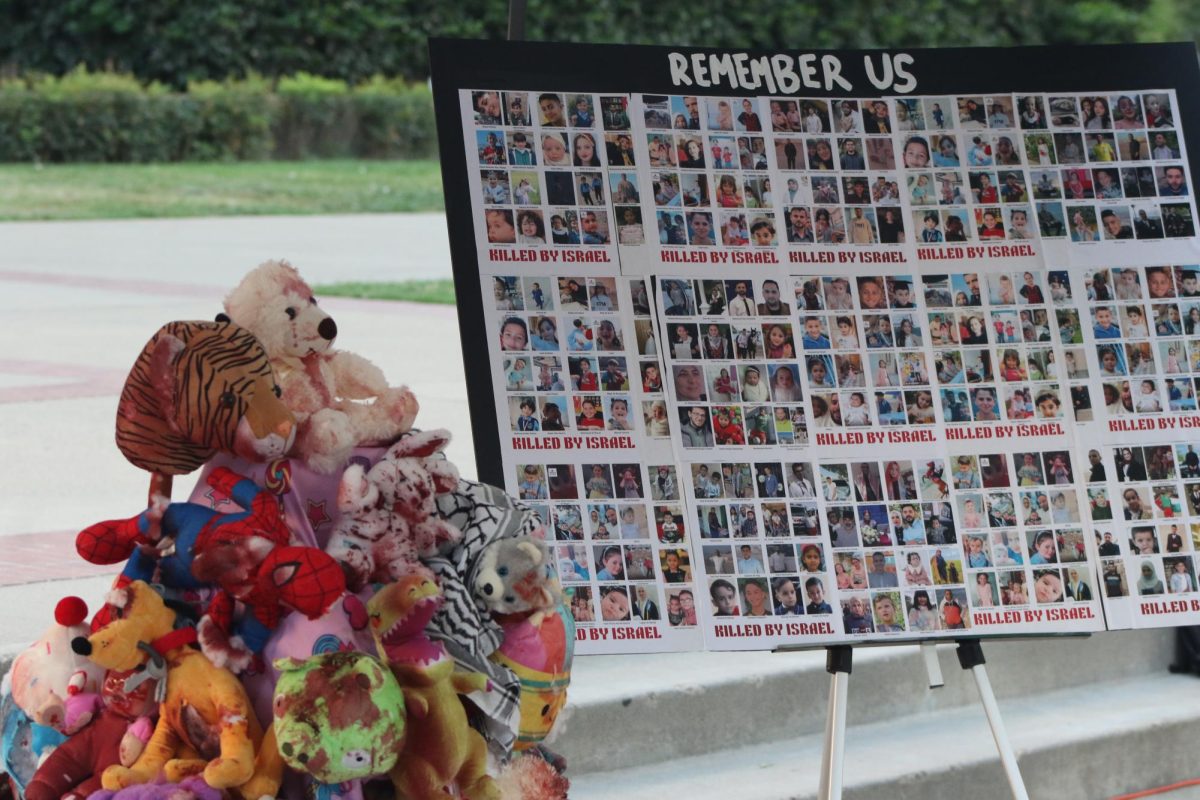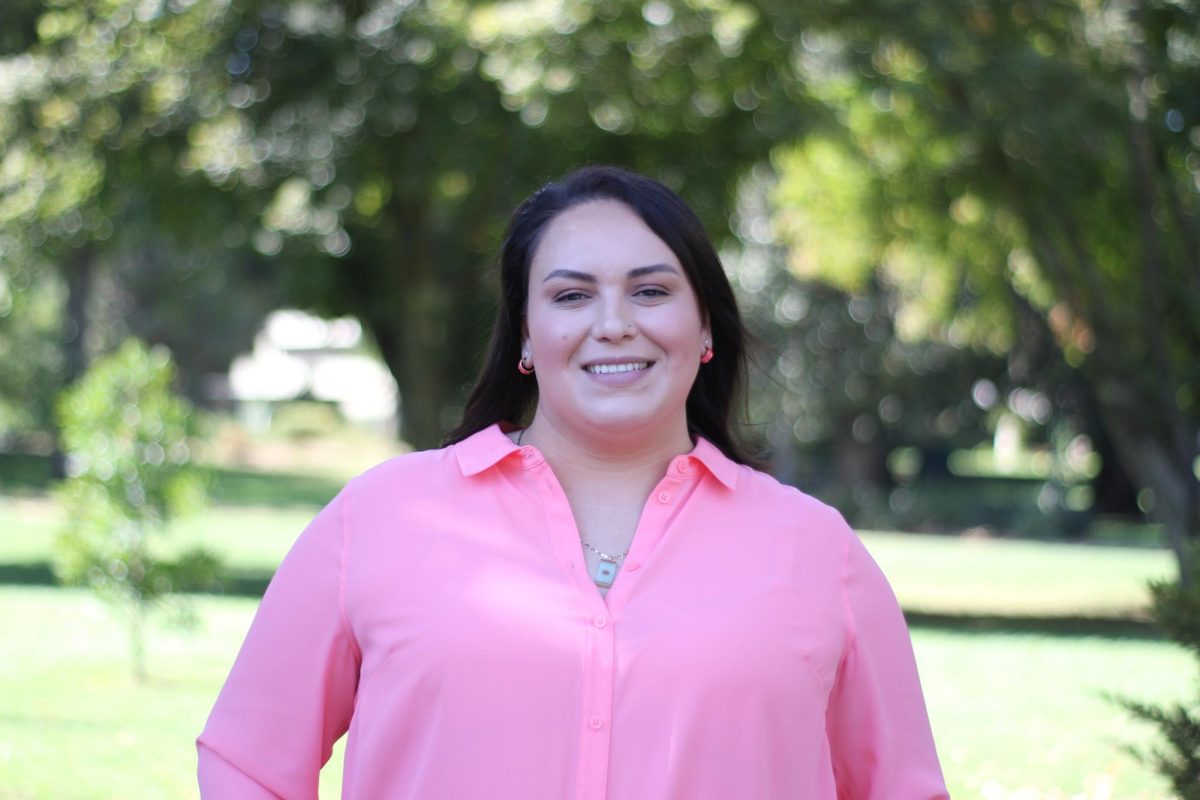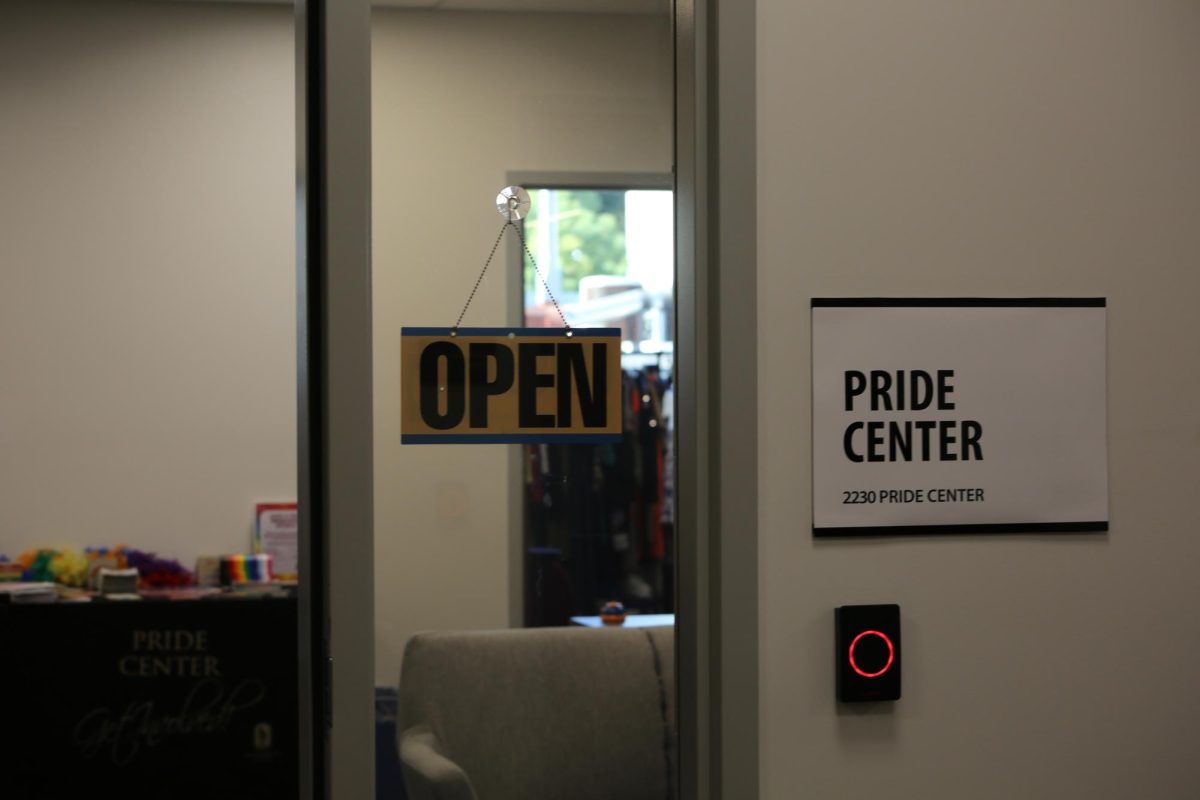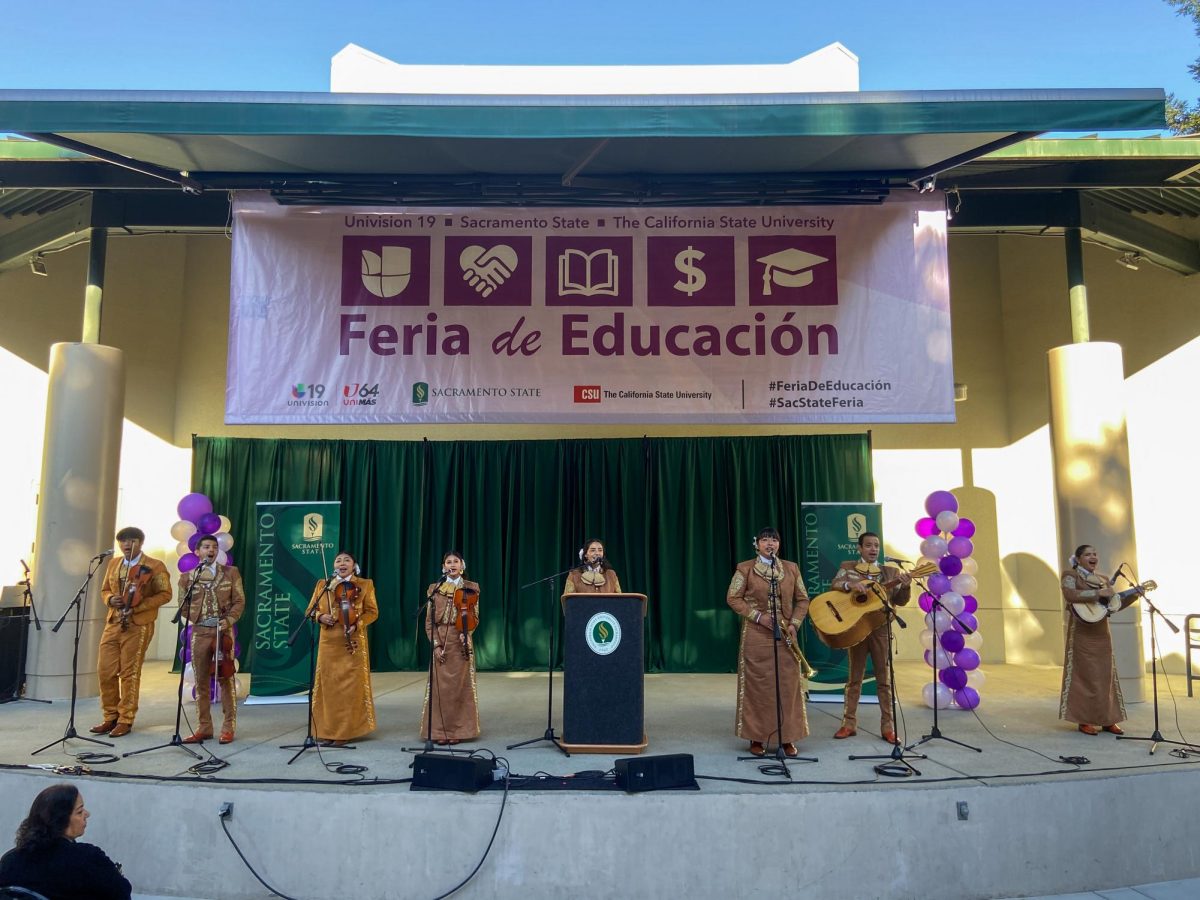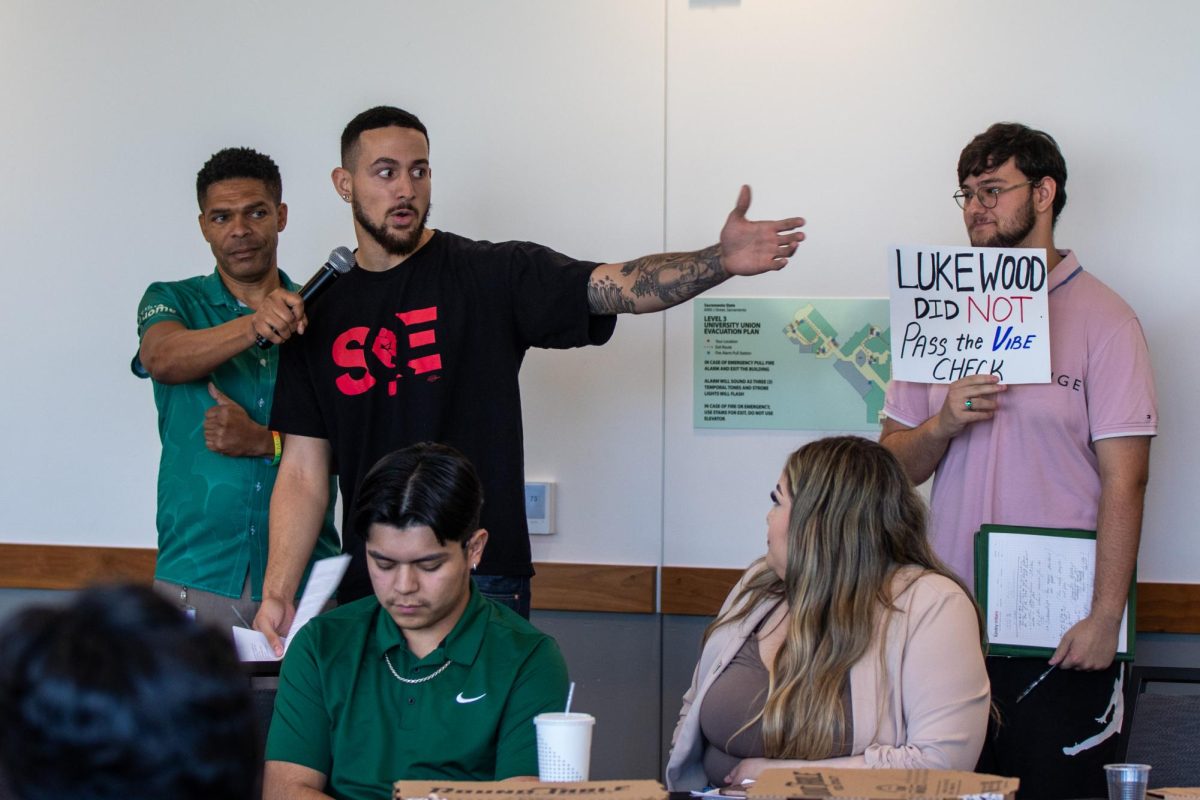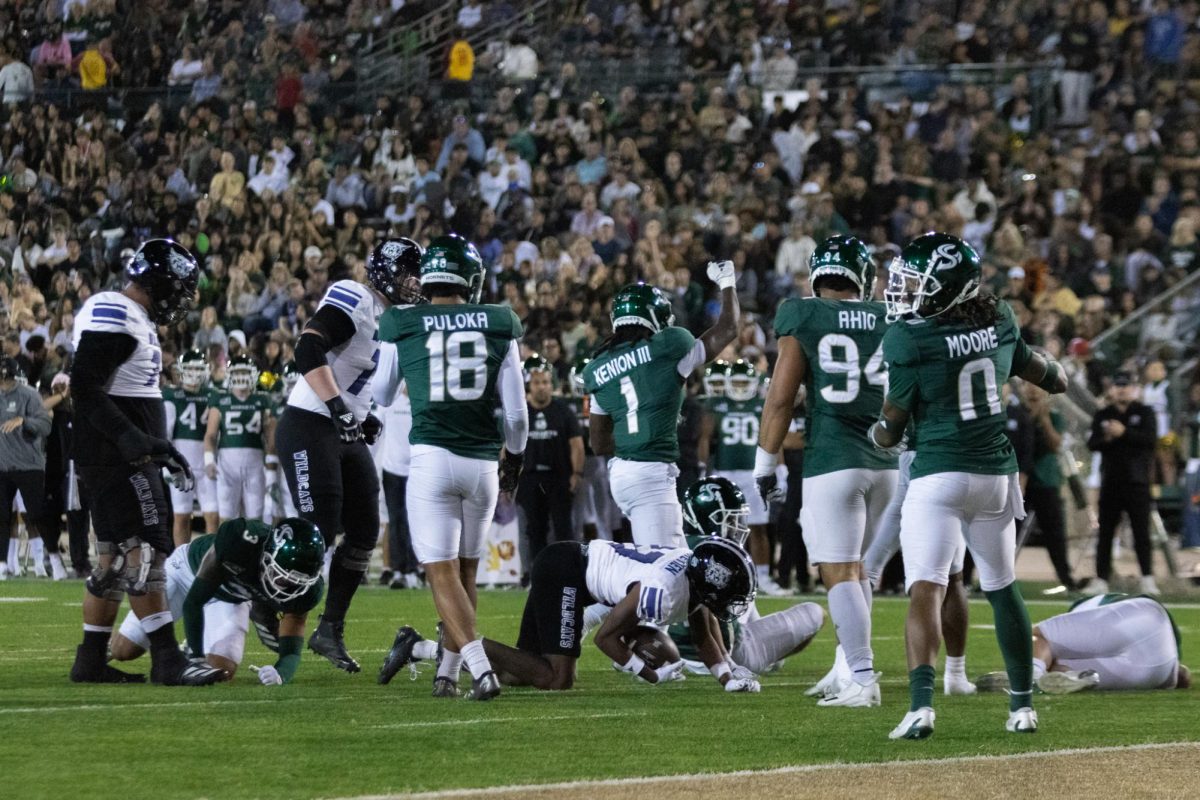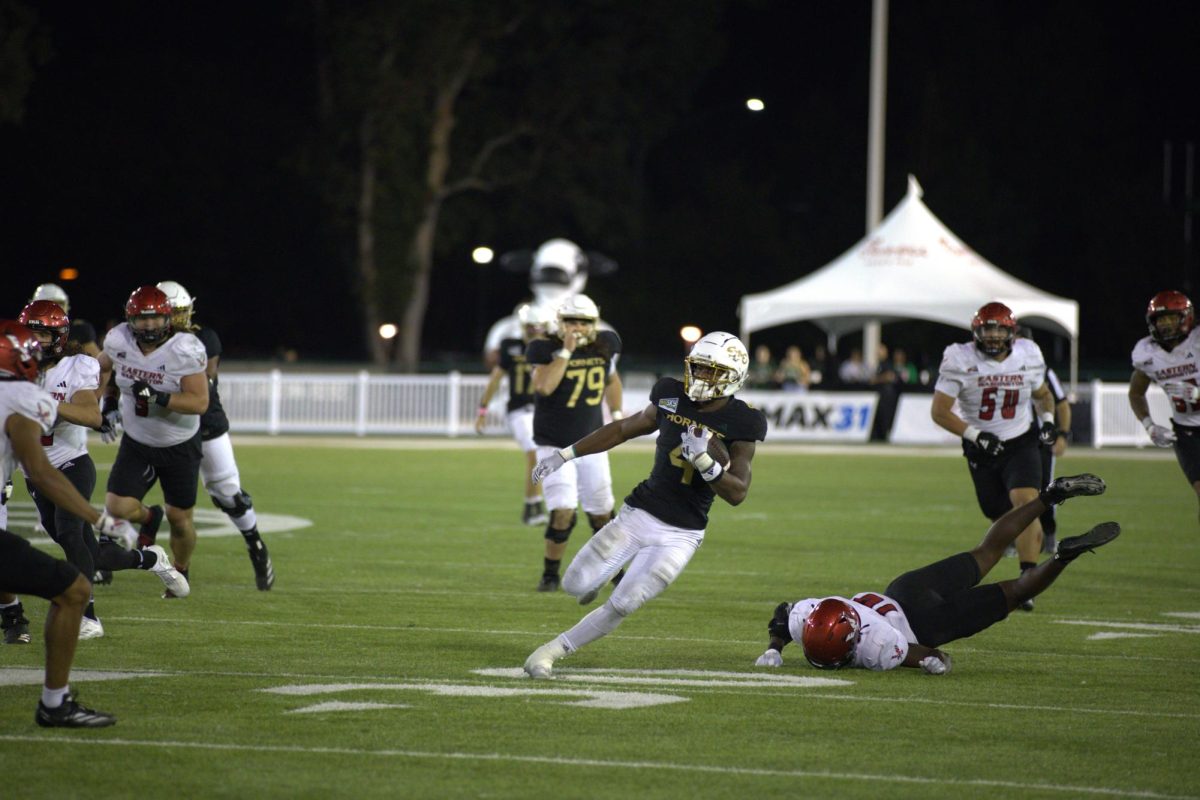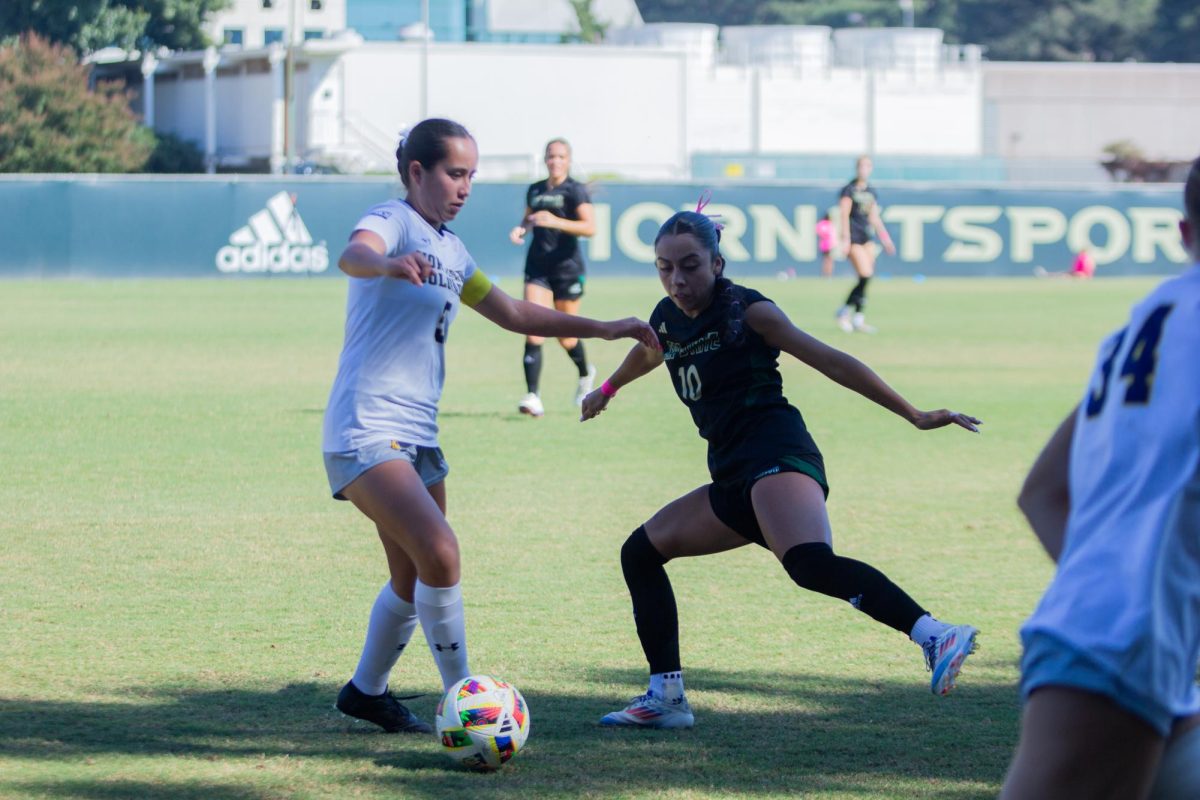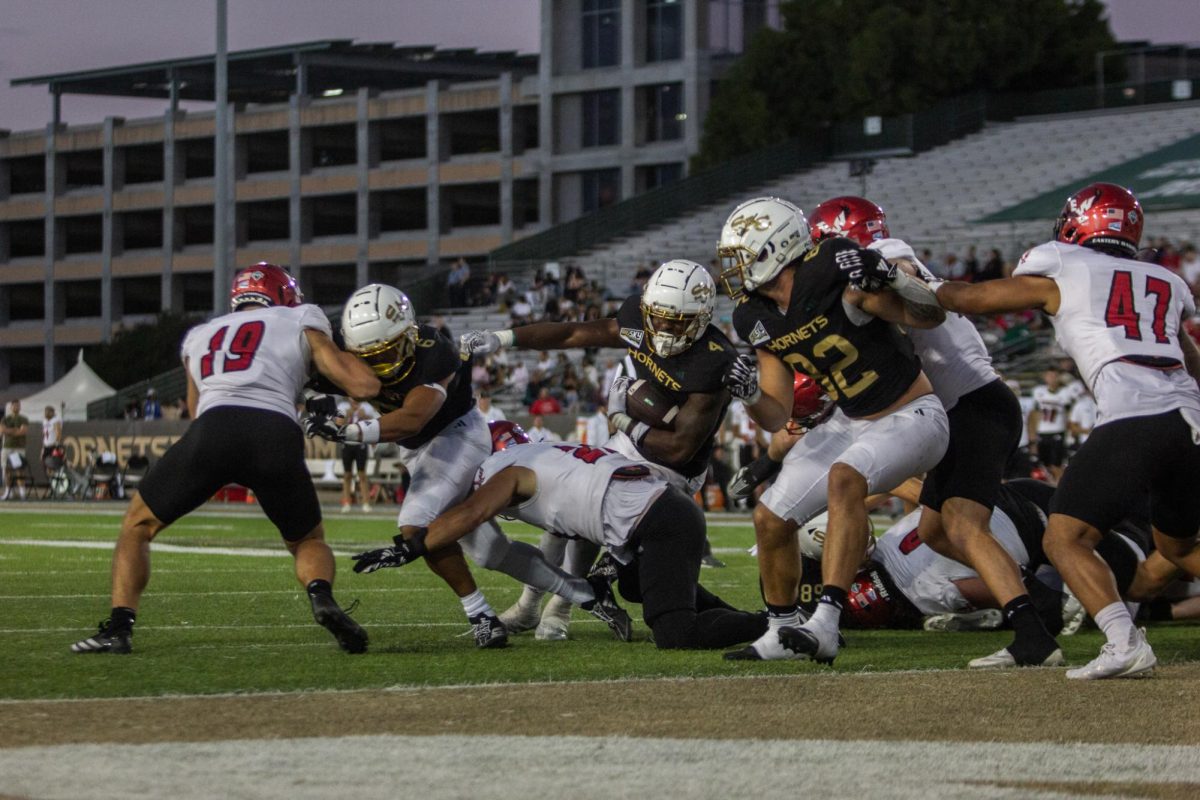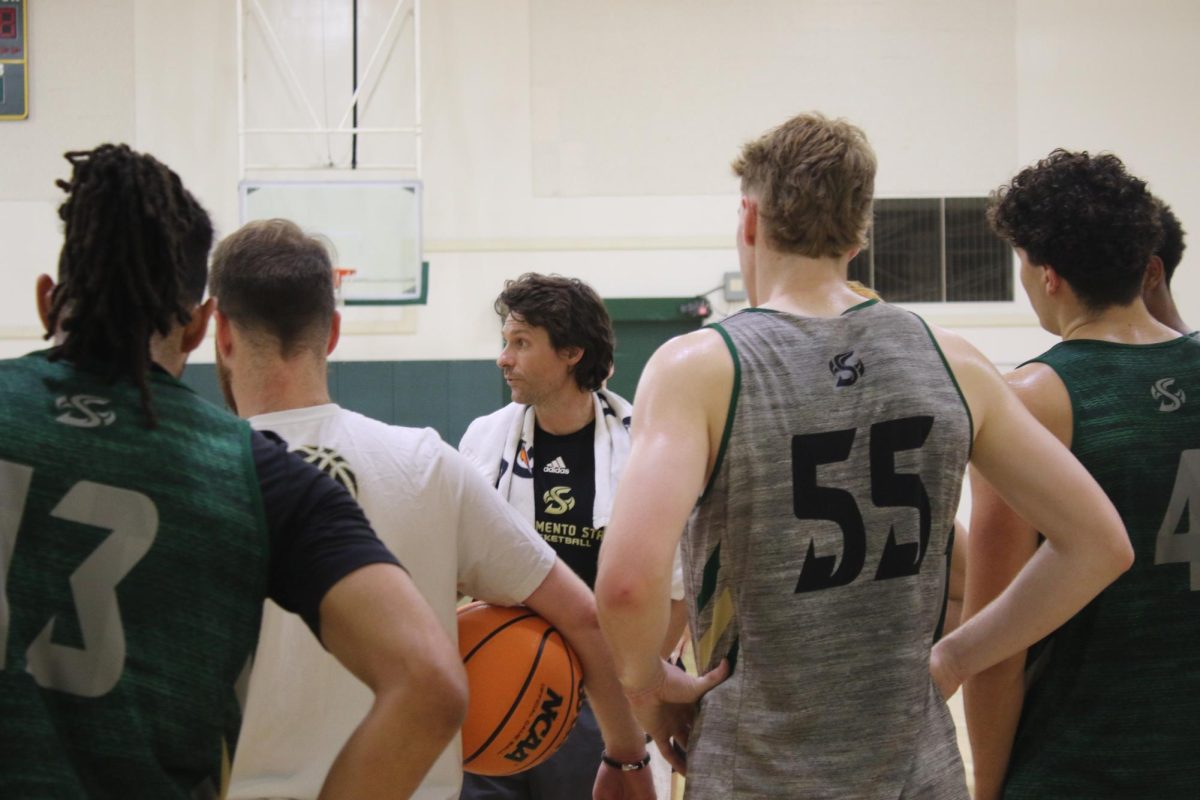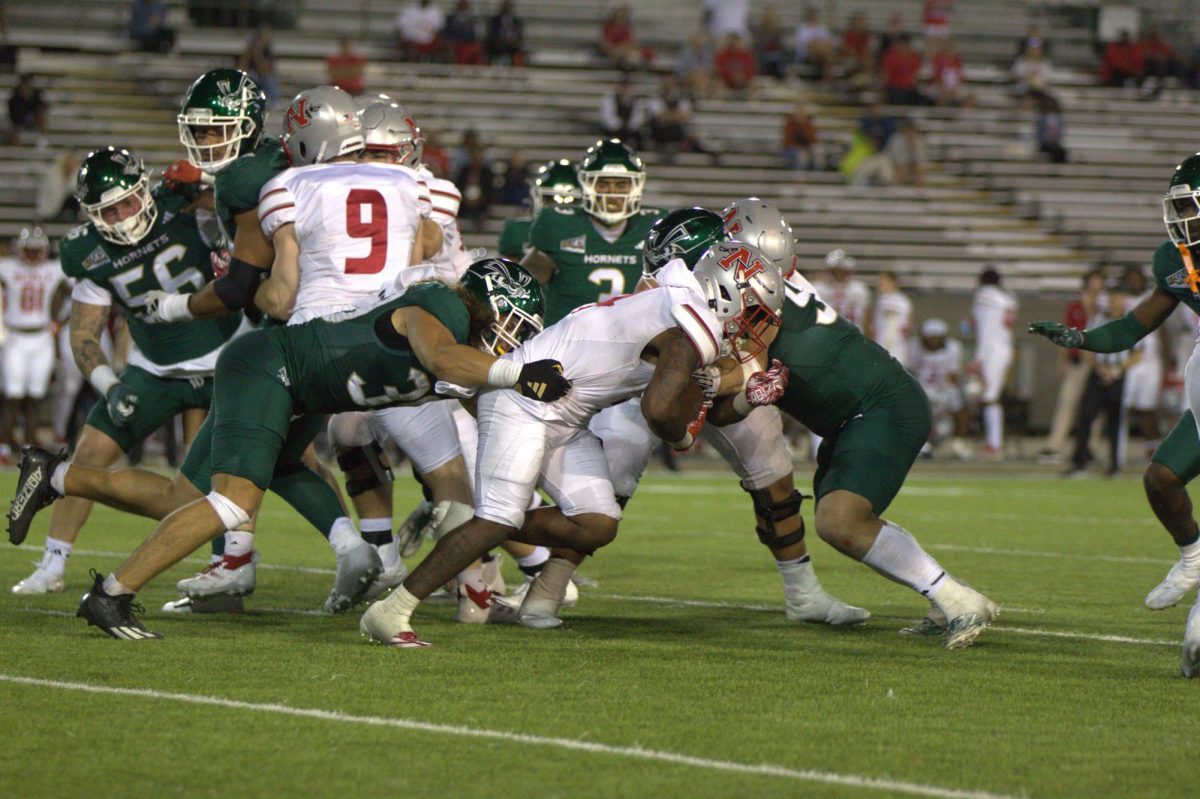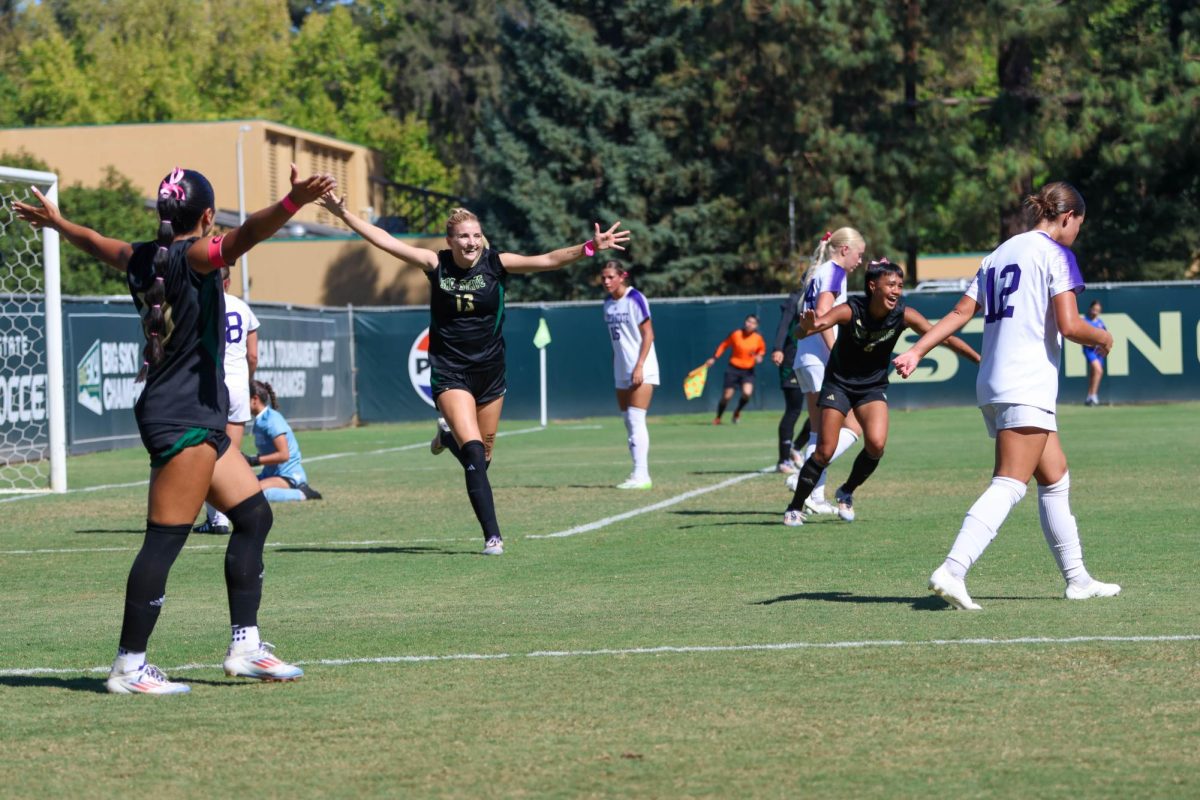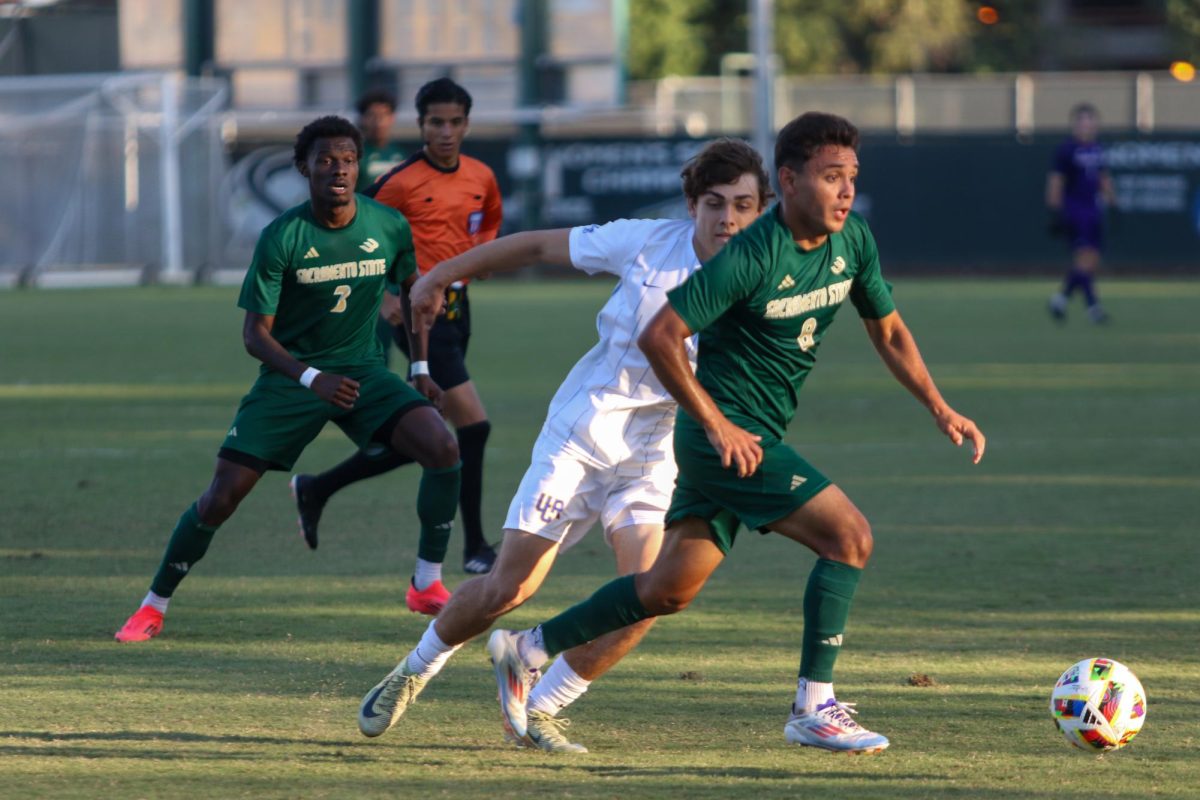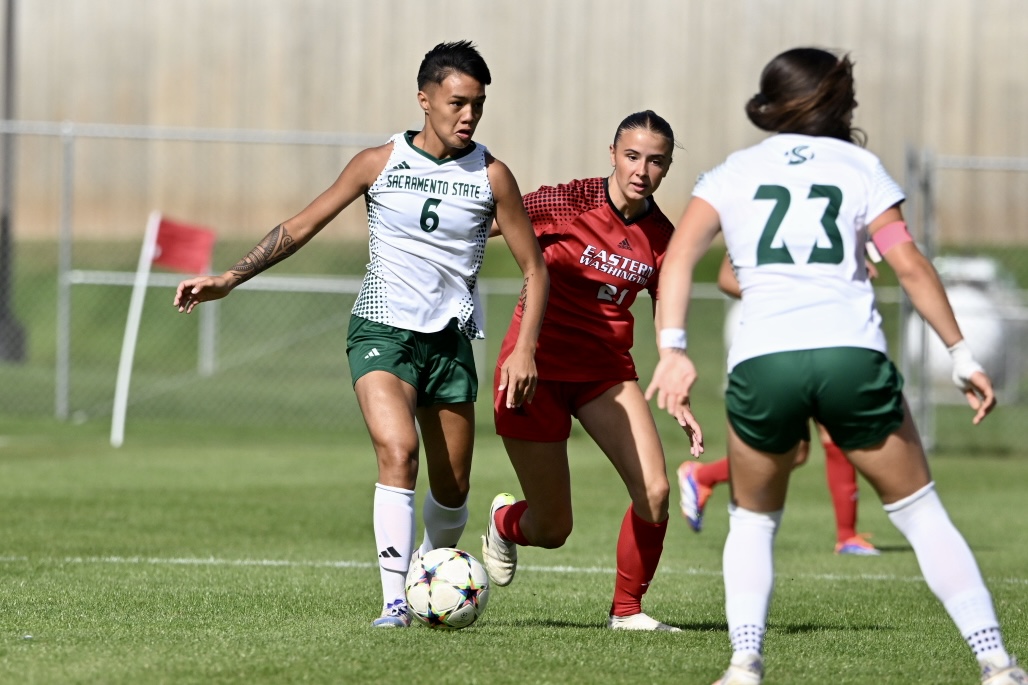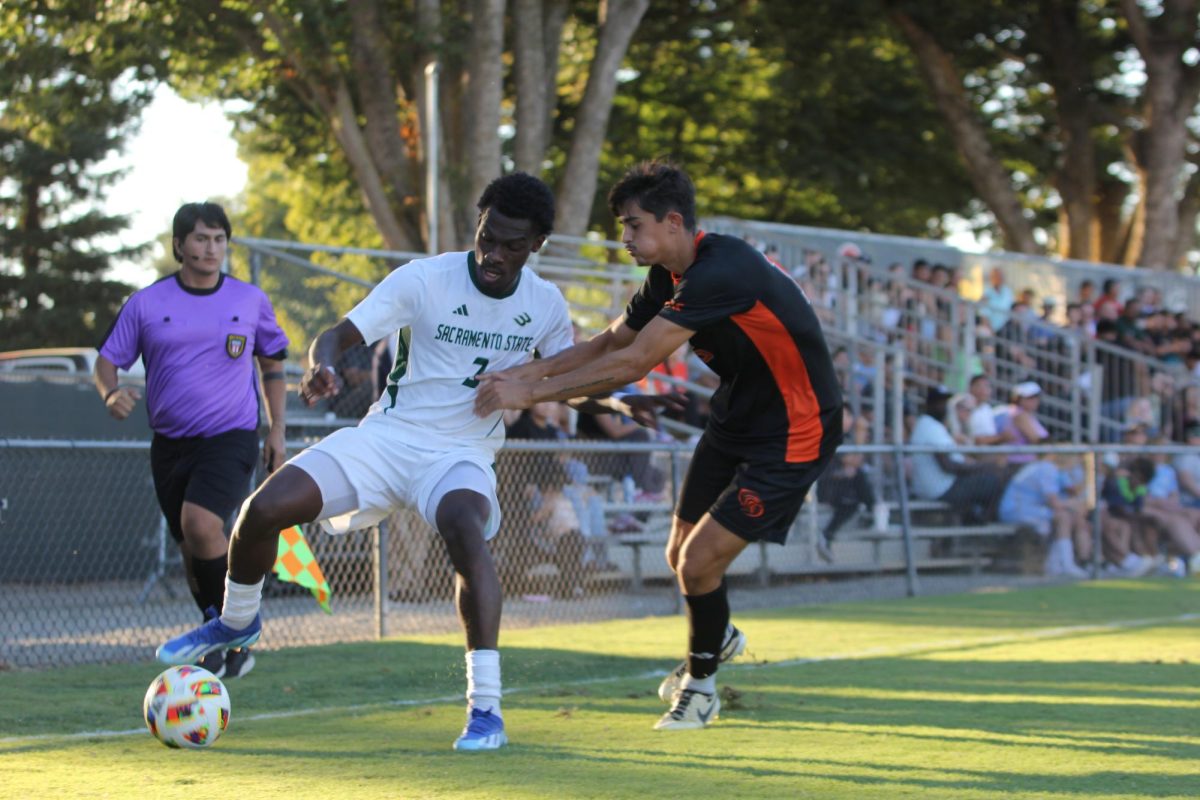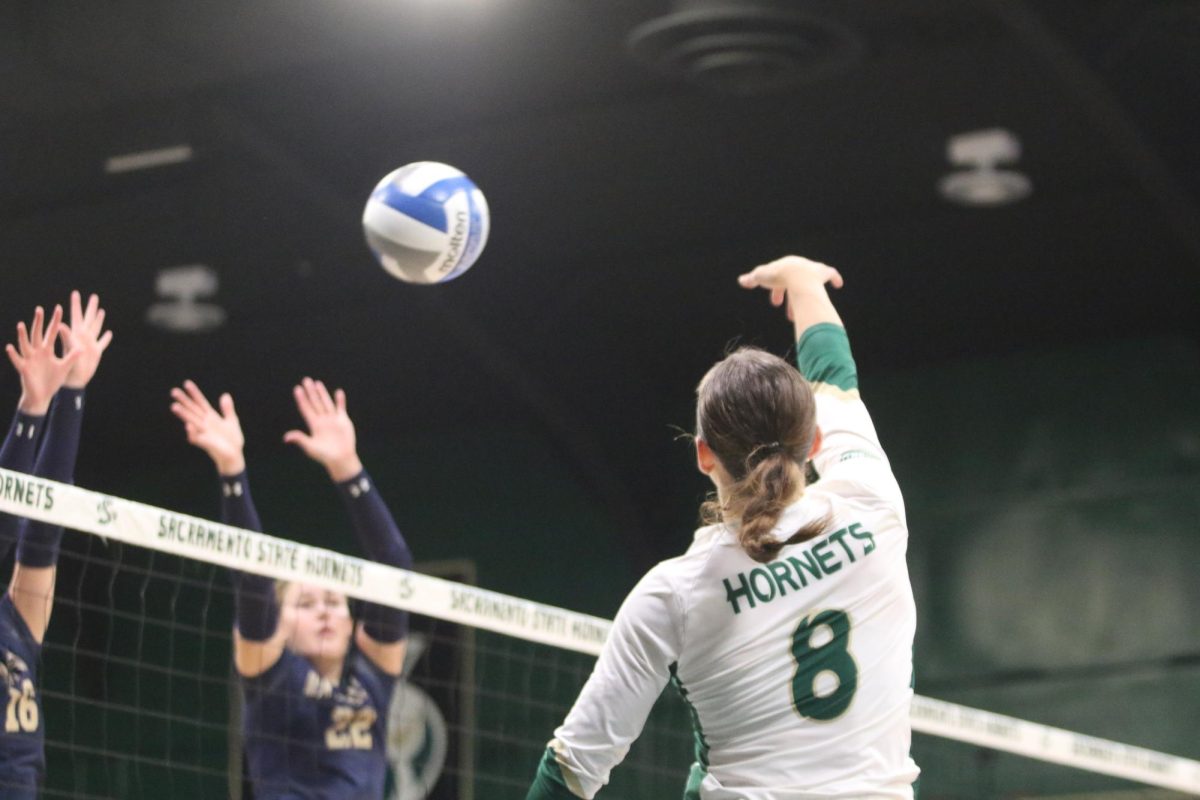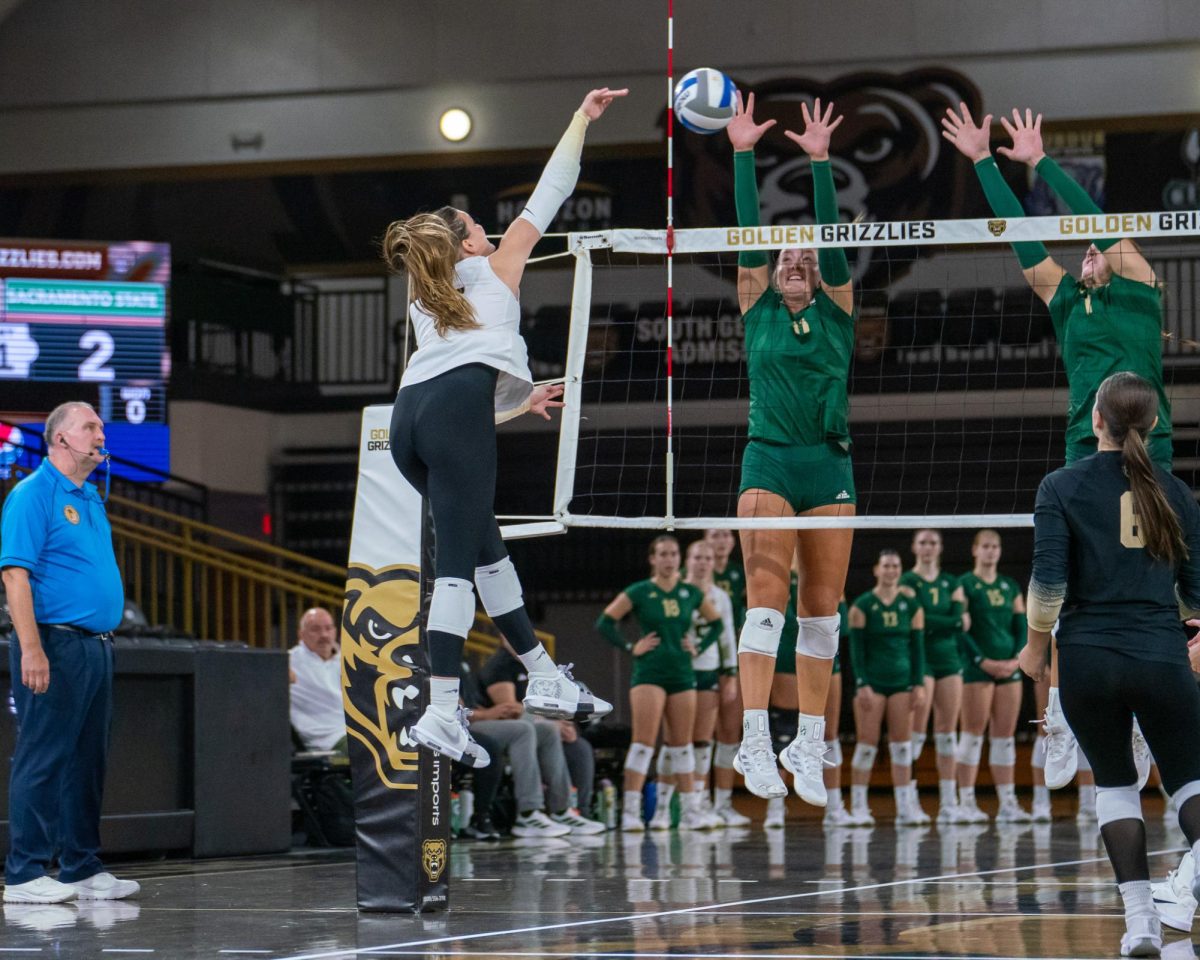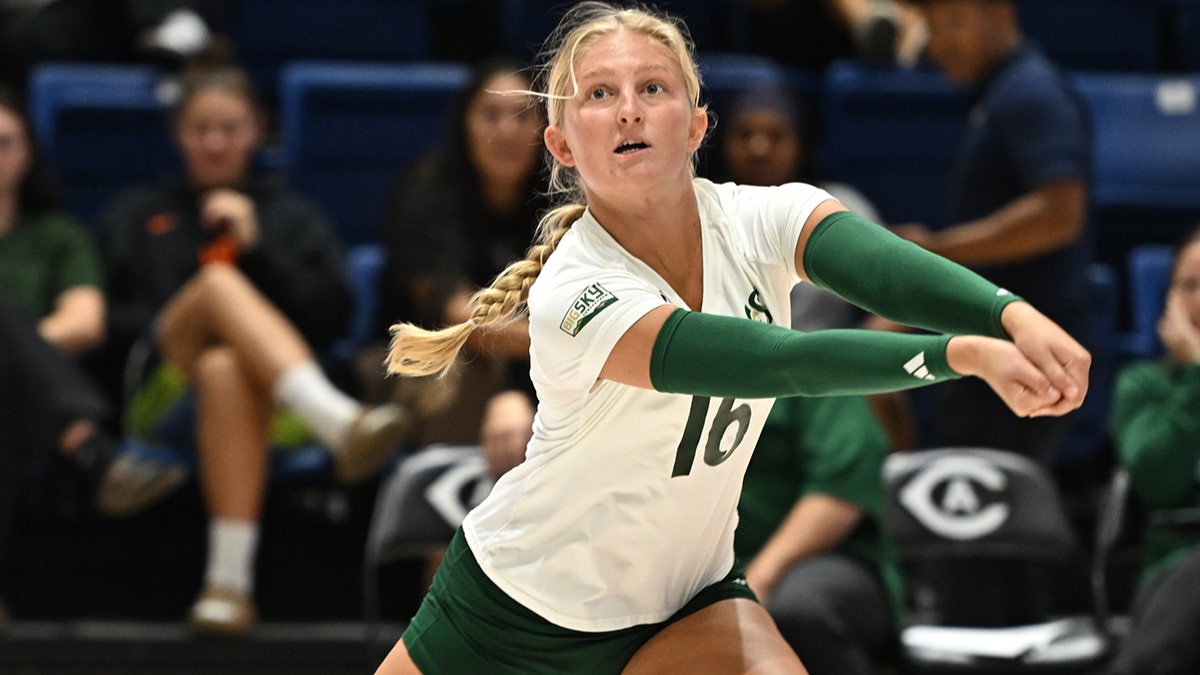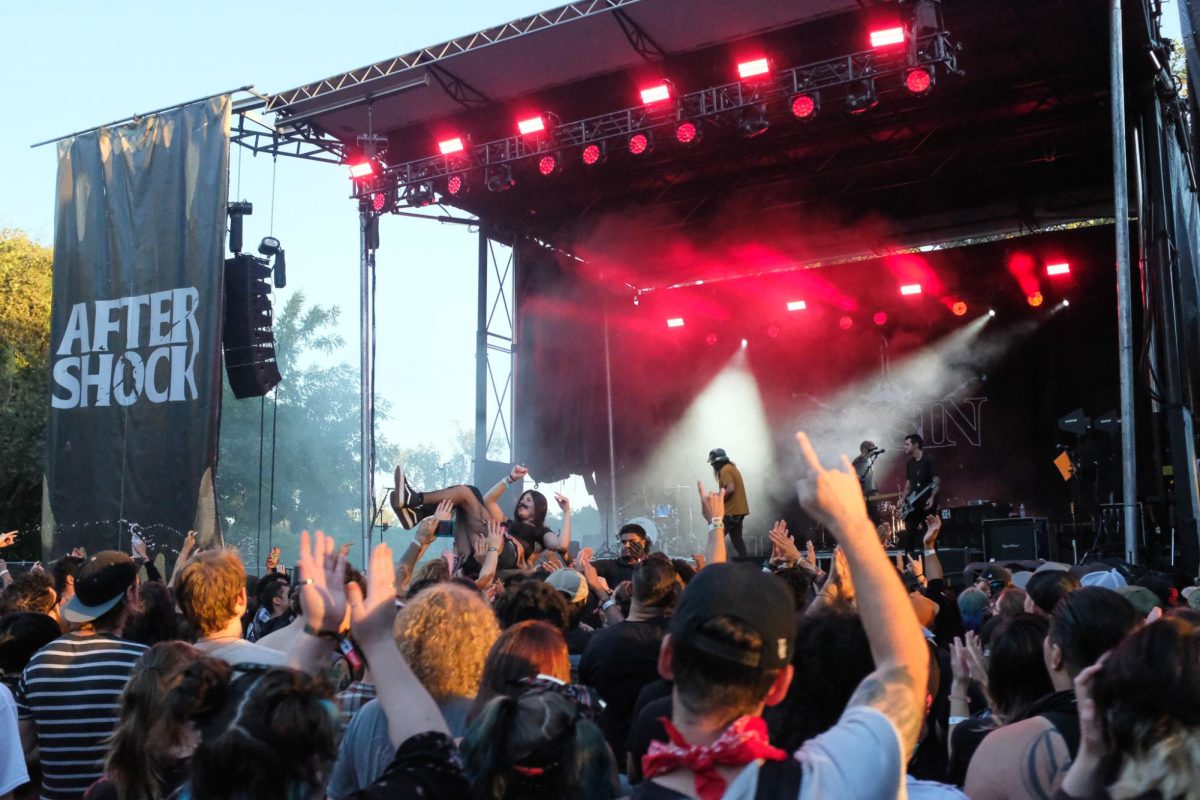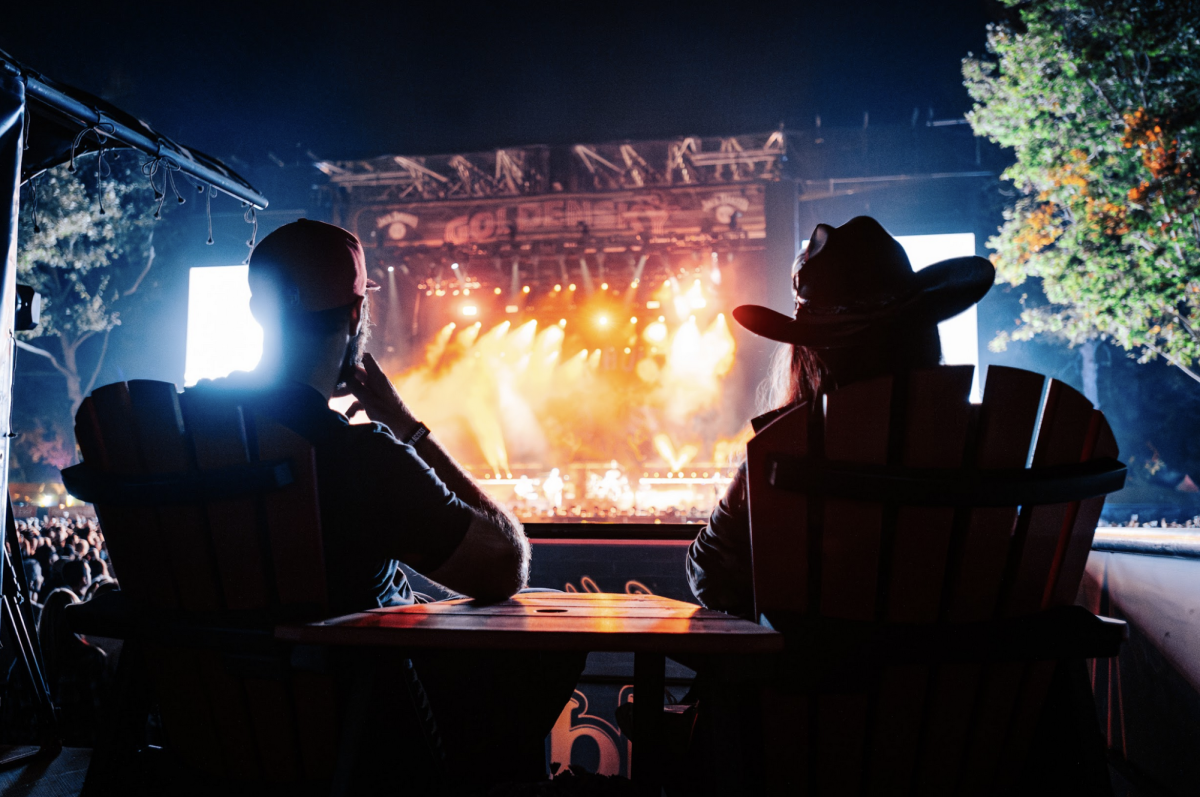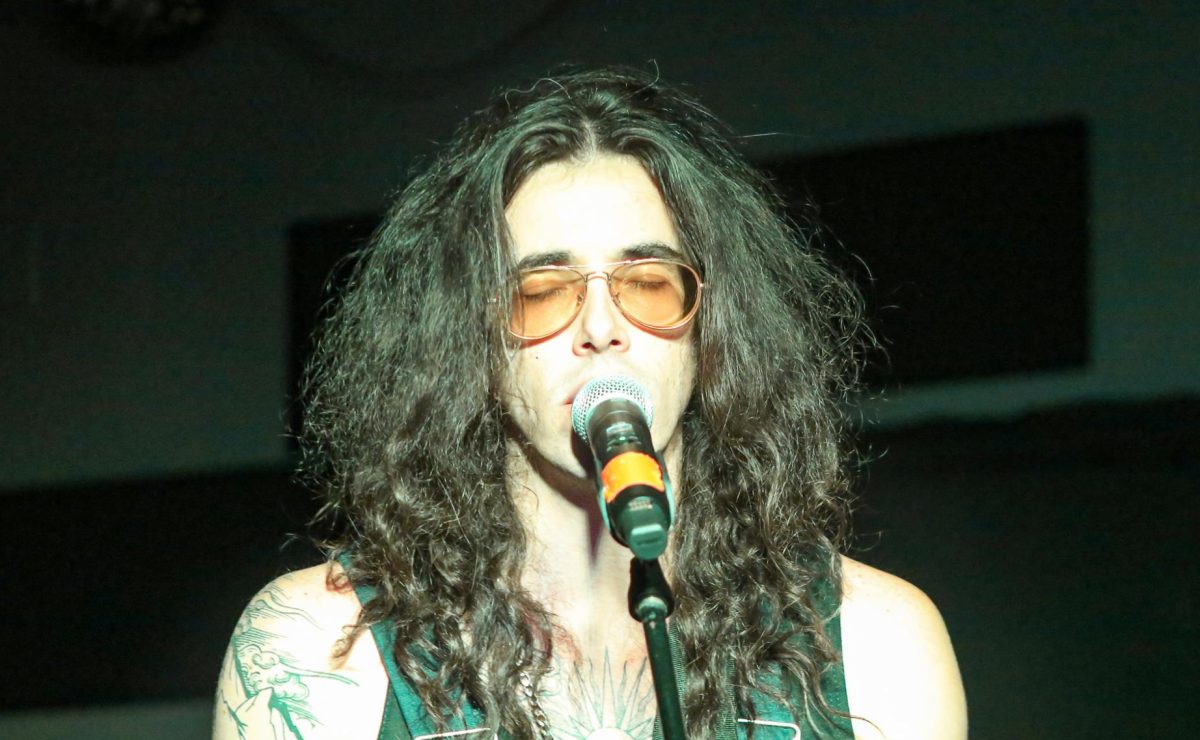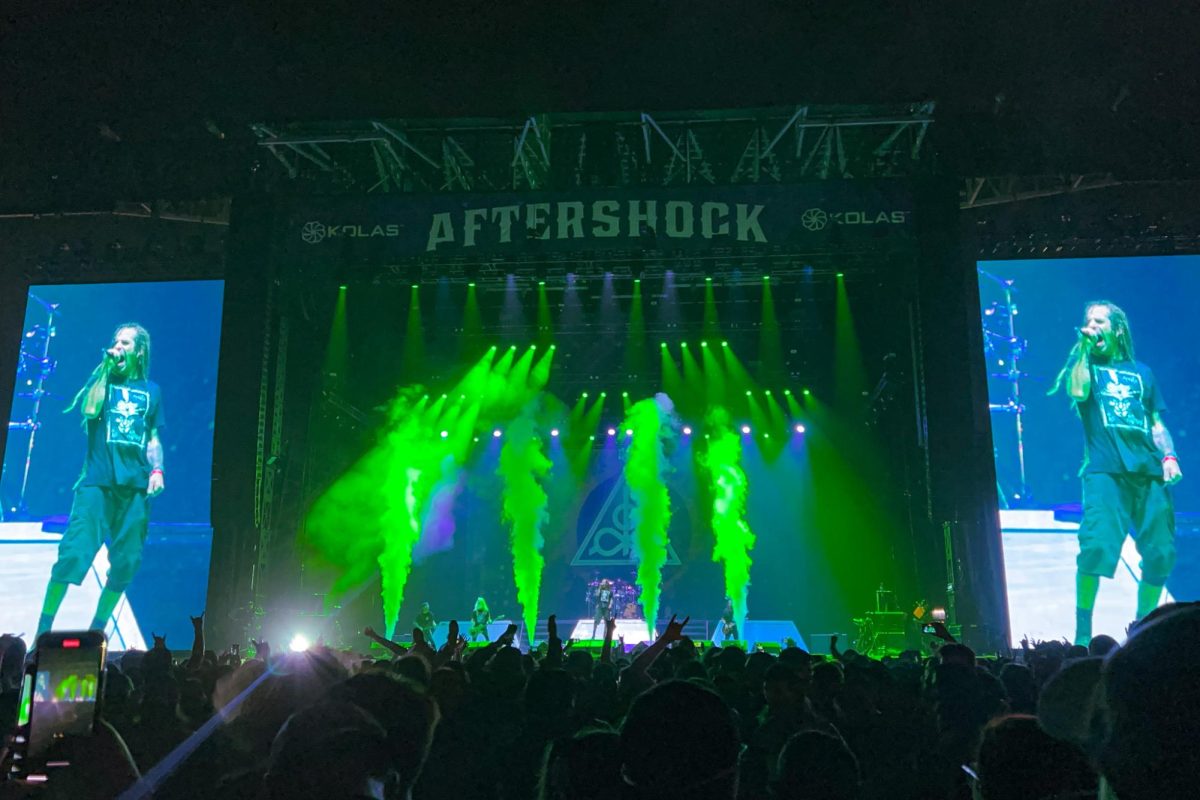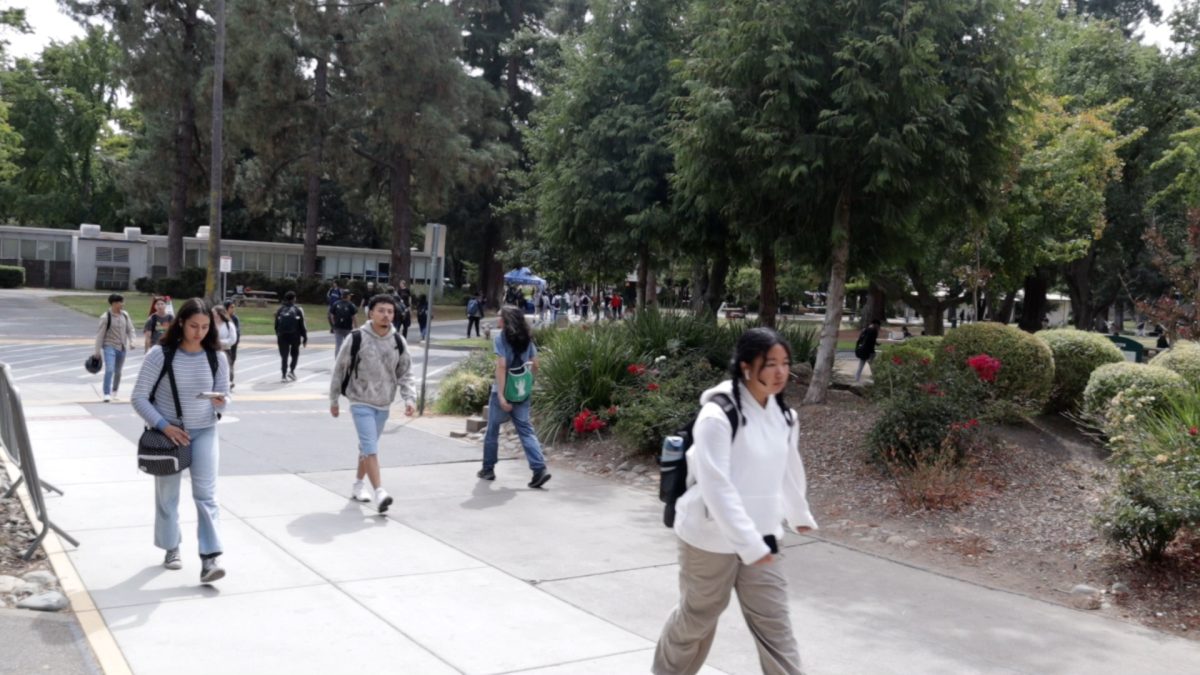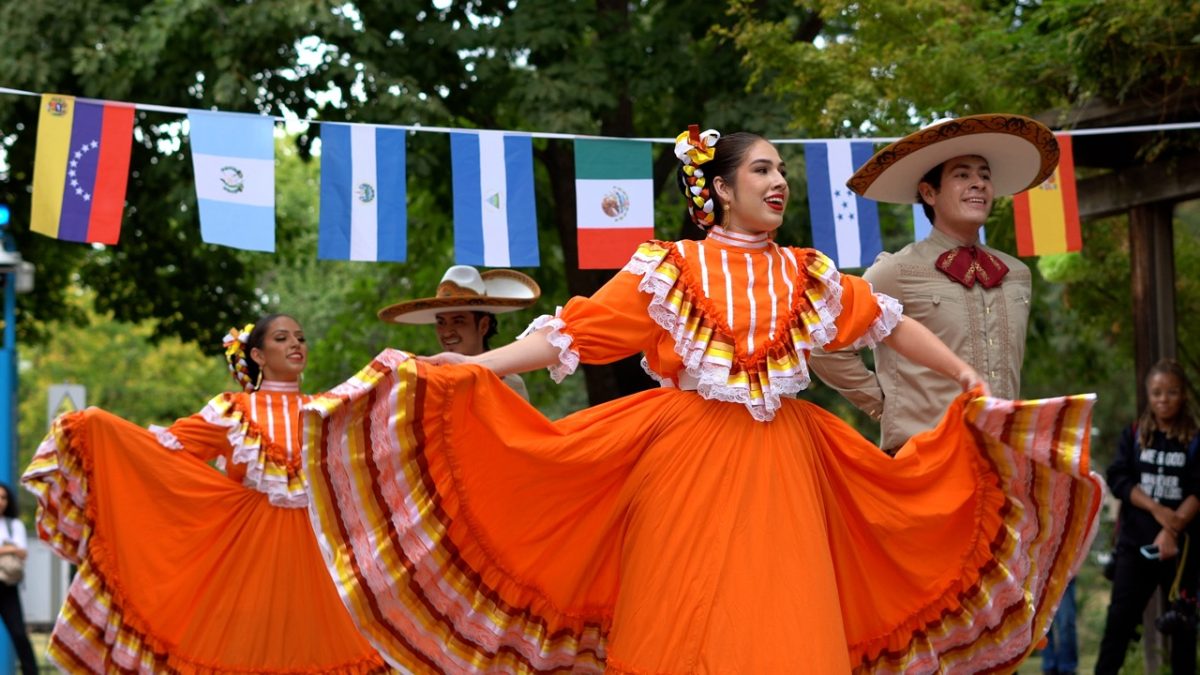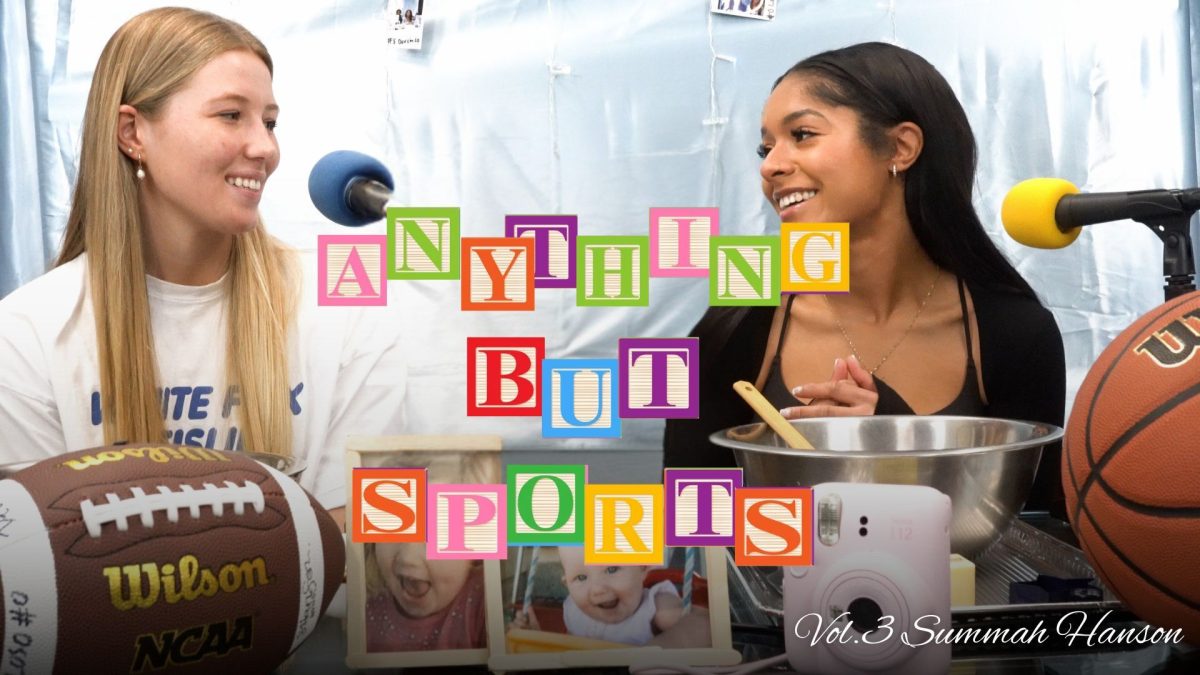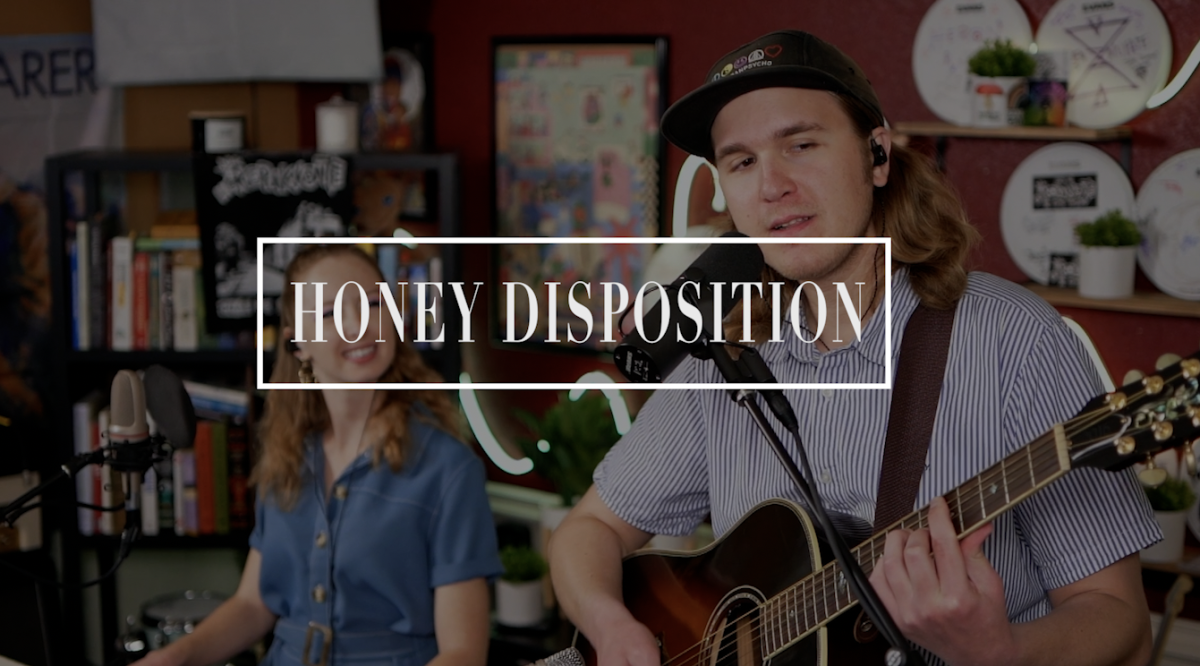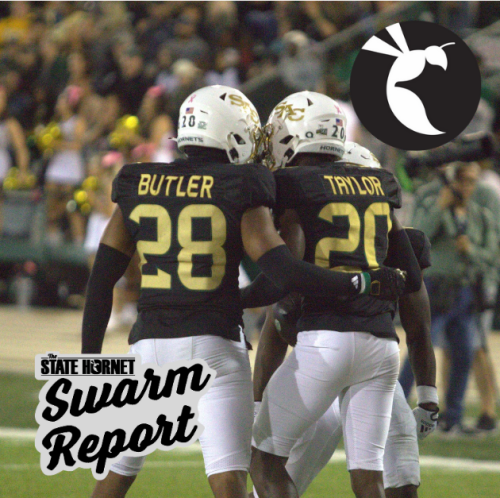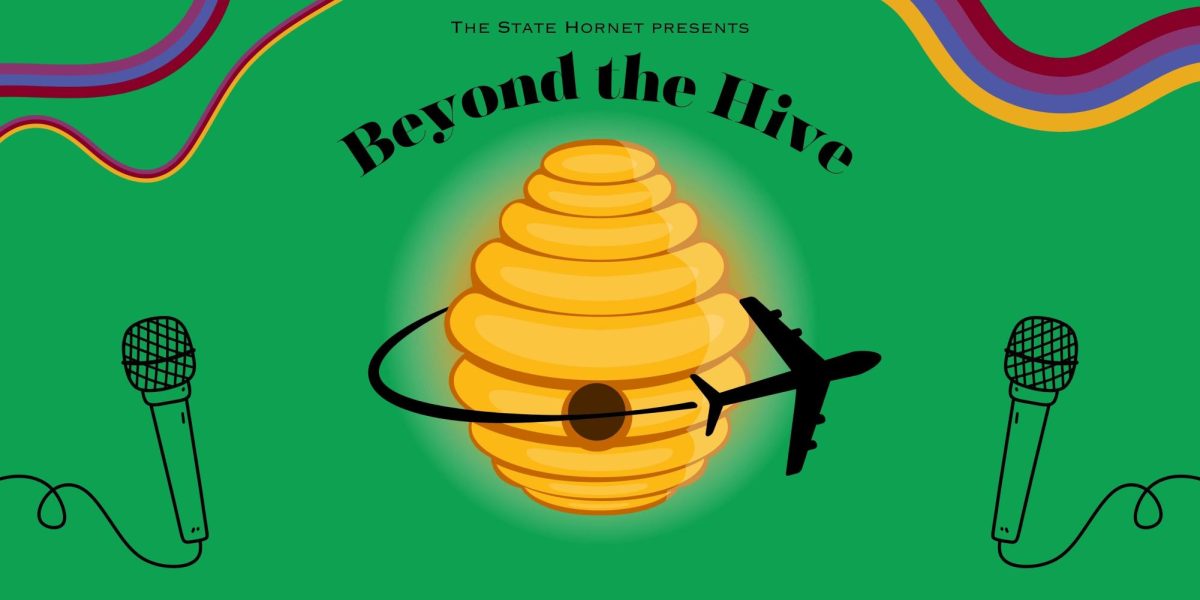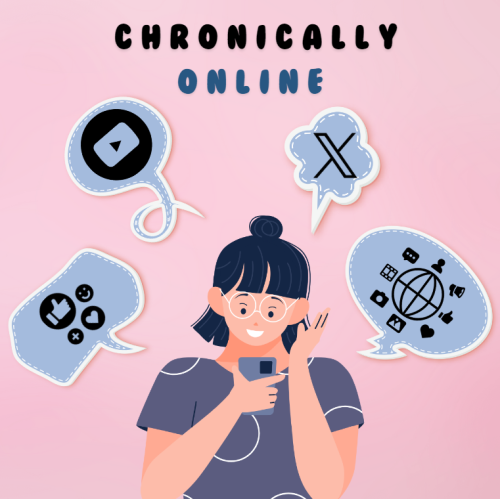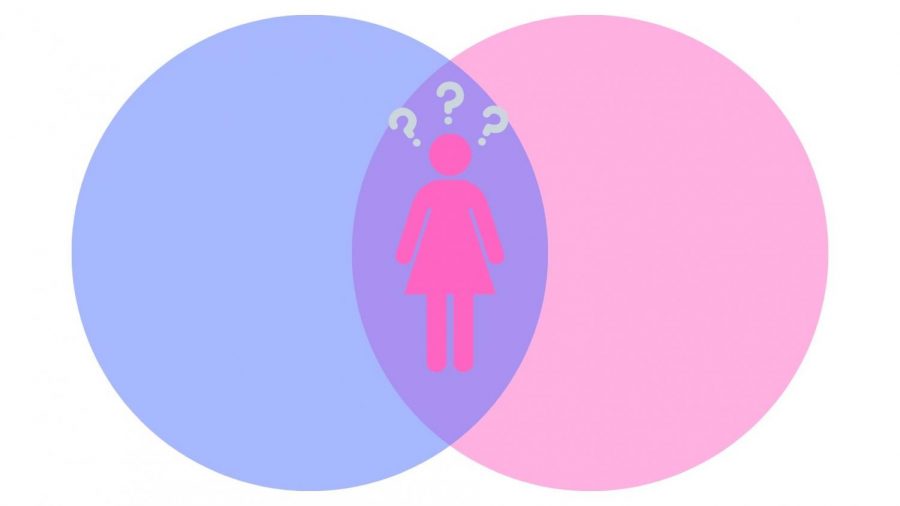TESTIMONIAL: Sexuality isn’t linear
Questioning your sexuality is normal, but questioning it after coming out of the closet can open a lot of new doors. Graphic by Kayla Brown
November 6, 2019
“Why are you calling yourself gay? I thought you were bisexual.”
Those words resonated with me when I was 16, and at 21, they hang over me like a cloud of stigma. The only difference between then and now is that I learned my sexuality is more fluid than I ever thought possible.
I realized that I wasn’t straight when I was 16 after a coworker commented on an intimate and personal story about me and another female friend in elementary school. It took months of internal debate and destigmatizing myself with the LGBTQ+ community before I had the courage to come out to my friends as bisexual.
Bisexual was a term I was comfortable with. It meant I could still be happy if I was married to a man for my family’s sake. But it also made me feel as though I could only have crushes on girls, but I would never be allowed to date them, or at least date them openly.
The fact that my mom called it a “phase” when I tried to come out to her didn’t help too much either.
When I was in college I went to my first Pride festival in Los Angeles. It was amazing, it made me feel welcomed into a community I had never had before, and helped me be more confident in my sexuality.
After that, I was out and proud, so long as my family didn’t find out at least. My private Twitter became my gay haven where I would be a part of “Sungays,” where the LGBTQ+ community would show their pride every Sunday, and openly follow LGBTQ+ people.
I started to explore more terms and identities as I grew into the community, but it was hard because I didn’t have an LGBTQ+ community back home in Santa Clarita, California. Even after moving to Sacramento and being openly out with my friends, I still didn’t have my queer community.
I called myself gay and played around with other terms, but stuck to bisexual most of the time because it was familiar to people and intimidated me a lot less than pansexual.
The thought of coming out as pansexual — attraction to people regardless of biological sex, gender or gender identity — was scary because it was even further away from the heteronormative lifestyle my family fashioned for me.
It wasn’t until I was in New Orleans in August for an LGBTQ+ journalism conference, hosted by the Association of LGBTQ+ Journalists (NLGJA), that I finally found my community and I realized how fluid my sexuality really was. I spent a week with a group of queer students and queer professionals. I had finally found my community.
We talked about being in the closet, coming out, exploring the spectrum and our own communities back home (or lack thereof). It was an eye-opening week.
I toyed with the idea of my sexuality and the spectrum that is the LGBTQ+. I realized I’m not just bisexual, I’m pansexual, and I can refer to myself as gay or queer as an umbrella term.
It was no longer black and white — I like girls and guys. It became a full-blown rainbow where I could explore things that I knew existed but my heteronormative upbringing didn’t prepare me for.
The LGBTQ+ community refers to sexuality as a spectrum, and I finally understand what they mean. Just because I’m pansexual doesn’t mean I can’t refer to myself as bisexual and it doesn’t change my attraction towards any gender or non-binary person.
I like who I like. I may lean more towards cis-gendered men or I may fall in love with someone who is currently transitioning.
One day I’ll call myself bi. The next I may be gay or queer. But it doesn’t matter because I’m happy and comfortable with my sexuality. The only thing that matters is that my sexuality isn’t linear, it’s as fluid as the American River.



